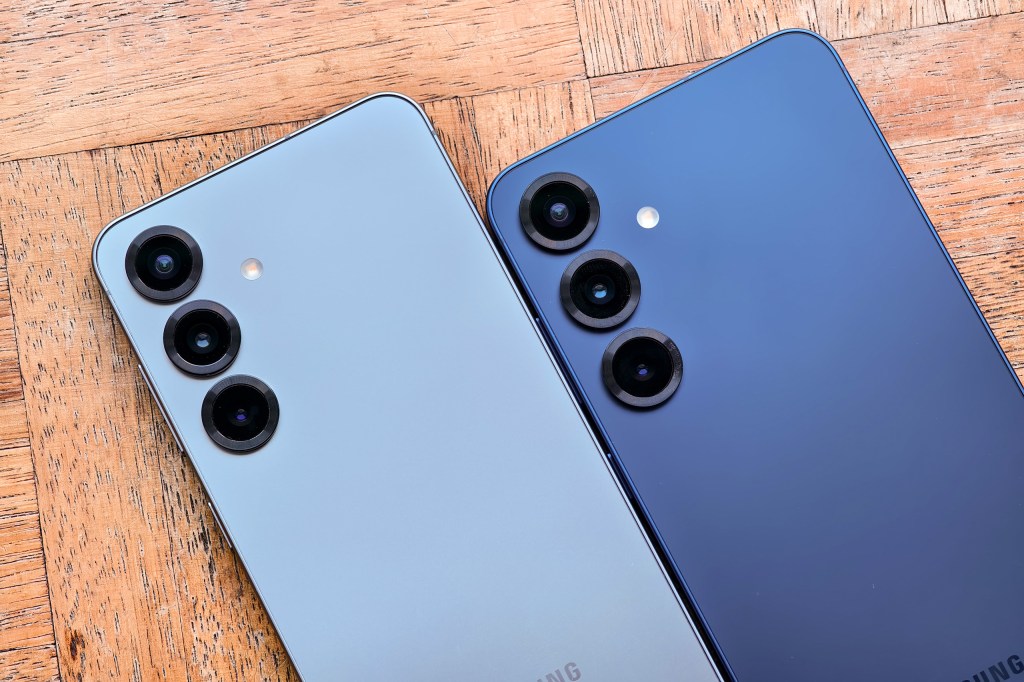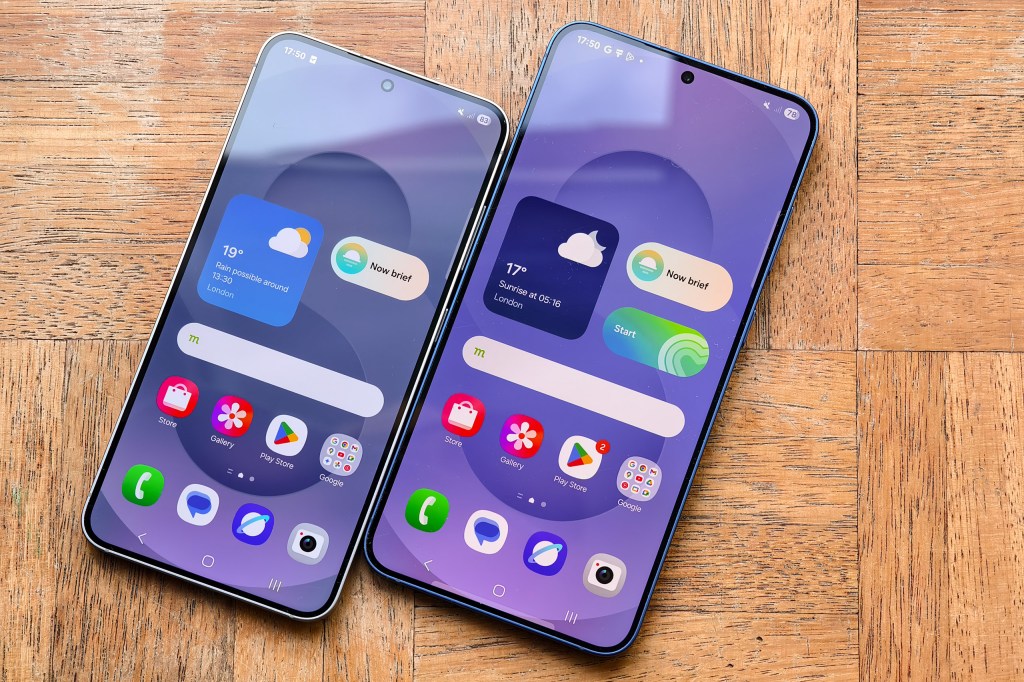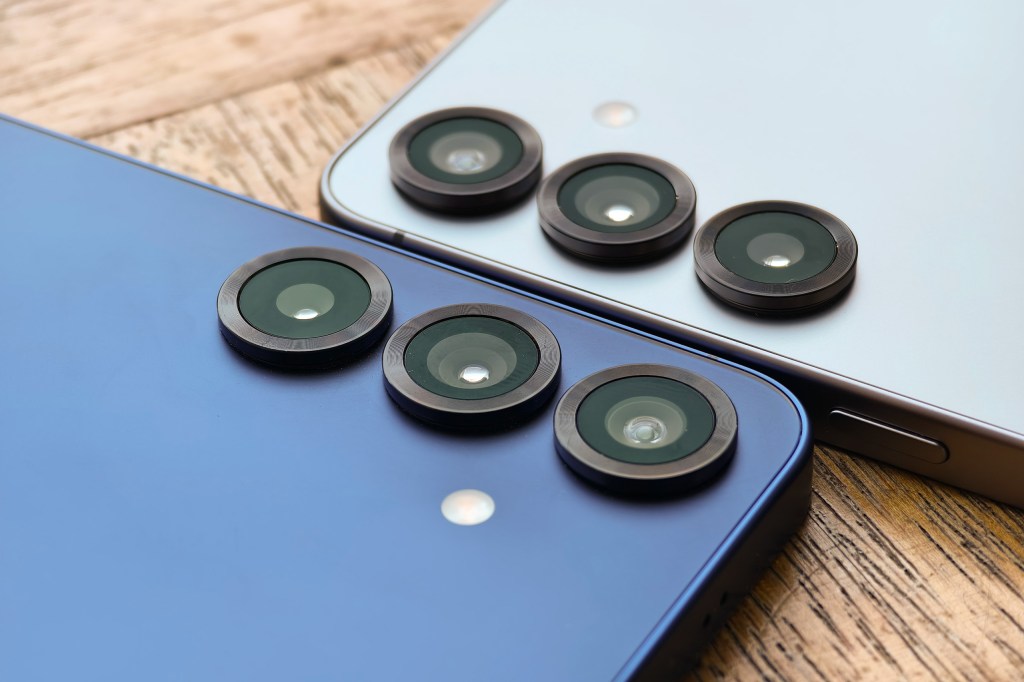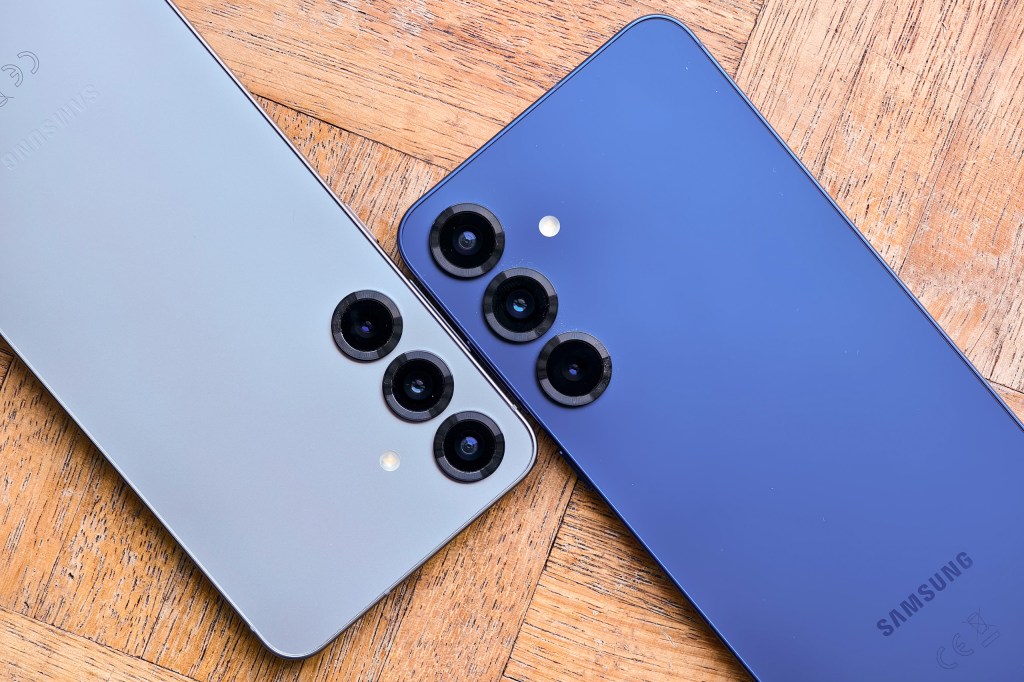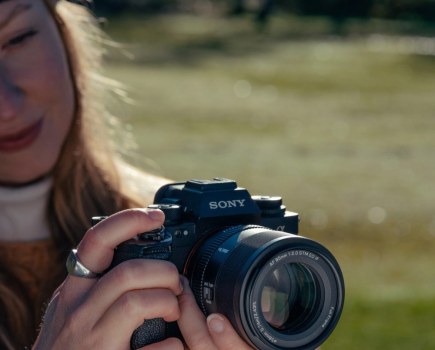If you’re a Samsung fan, then the S25 and S25+ phones should look very appealing, especially as they are cheaper than the S25 Ultra, but the real question is which one is best? Which one should you buy? Well, you’ve come to the right place, as I go through the main differences between these two phones. These phones are amongst the best camera phones for photography, so choosing between them could be tough.
At a glance
| Samsung Galaxy S25 | Samsung Galaxy S25+ | |
|---|---|---|
| Main cameras | 50MP f/1.8 24mm equivalent, PDAF, OIS main camera 12MP f/2.2 13mm equivalent, FF, ultra-wide camera 10MP f/2.4 67mm equivalent, PDAF OIS telephoto camera | 50MP f/1.8 24mm equivalent, PDAF, OIS main camera 12MP f/2.2 13mm equivalent, FF, ultra-wide camera 10MP f/2.4 67mm equivalent, PDAF OIS telephoto camera |
| Selfie camera | 12MP f/2.2 26mm equivalent, PDAF, selfie-camera | 12MP f/2.2 26mm equivalent, PDAF, selfie-camera |
| Video | 8K 30/24p video main (4K from others) | 8K 30/24p video main (4K from others) |
| Screen | 6.2inch screen, 2600nits (peak), 120Hz, Dynamic AMOLED | 6.7inch screen, 2600nits (peak), 120Hz, Dynamic AMOLED |
| Battery | 4000mAh battery (25W wired, 15W wireless) | 4900mAh battery (45W wired, 15W wireless) |
| Dimensions | 146.9 x 70.5 x 7.2mm, 162g, IP68 | 158.4 x 75.8 x 7.3mm, 190g, IP68 |
| Storage | 128/256/512GB options | 256/512GB options |
I’ve highlighted the key differences in the table above in bold. As you can see, the main differences are in size, battery and screen, as well as the weight, and storage options.
Features, handling and design
Side by side these phones look very similar, with the main difference being the size and weight of the phones. You can get them in similar colours as well, with special colours available directly from Samsung’s website.
The S25 is smaller, of course, with a smaller 6.2inch screen, and this also means the size of the battery that fits in the phone is also smaller, with a 4000mAh battery compared to the 4900mAh battery in the S25+. Charging speed is also slower on the S25, with 25W wired, compared to 45W wired on the S25+.
The cameras on both phones are identical, I repeat, there is no difference between the cameras on the two phones. This means you get the same cameras whichever phone you get. The difference in how you use these cameras will be apparent in the size of the screen, but in no other meaningful way.
Both phones are made of high quality materials, with a glass front and back, and a reassuringly solid feeling metal frame surrounding the phone. The buttons are in the usual place for a Samsung phone, and you can very quickly access the cameras by double-pressing the power/lock button.
The Samsung camera app is easy to use, and the only difference you’ll find on the phones is again due to the size of the screen. You’ll find all the usual options and modes available, with more advanced pro controls as well for both stills photography and video.
Screen size
As well as being larger on the S25+ at 6.7inches, it also offers a higher resolution of 1440 x 3120 pixels compared to 1080 x 2340 pixels on the S25. Both offer the same peak brightness rating of 2600 nits, and both are protected by Corning Gorilla Glass Victus 2, although care is still recommended, as I managed to scratch the S25+ screen.
Performance of the cameras
Here are a number of sample images from both phones, to show how very similar the results are from these phones. There might be some very slight differences, but sometimes the same thing would happen when taking a number of photos on one camera, for example, take 5 photos with your camera and light conditions may change, auto white balance may change every so slightly, and so on. Bold colours are captured well, and both phones capture a good amount of detail from the main cameras.


When taking close-ups using the main camera, it’s possible to get quite close to the subject, however, the closer you get the more difficult it is to get focus correct, and you’re likely to notice other areas of the image blurred, as seen here.


There is no dedicated macro mode, and the ultra-wide-angle camera can’t be used for macro due to a lack of auto-focus on this camera. You can try and use the telephoto camera, but if you get too close, then digital zoom will kick in and the phones will use the main camera but cropped.


Food looks great on the default photo mode, but if you want, you can use the dedicated food mode which will give more focus to an area you select and blur outside this area. I’ve not used this feature for this photo.
Samsung Galaxy S25 vs S25+ Verdict
There’s really no photography differences between these two phones, as the camera units are the same on both models. As you can see in these images, it’s almost impossible to see any real or meaningful difference, as expected.
If you still want a large Samsung phone, but don’t want to spend as much money, then the S24 FE offers a 6.7inch screen, but the camera system is cut-down compared to the S25+. As the price is much cheaper, this is something you might be willing for forgive.
Which you buy between the S25 and S25+ will be down to your own personal preferences for phone size, and along with that screen and battery size. It’s also worth paying attention to the storage size, as the S25 looks much cheaper, but that’s because the base model has 128GB, whereas the S25+ starts at 256GB. Both offer a great camera experience, with reliable results and good video options too.
Samsung Galaxy S25+ Review – everything you need but cheaper than the Ultra
Samsung Galaxy S25 Review – almost everything you need, but smaller


